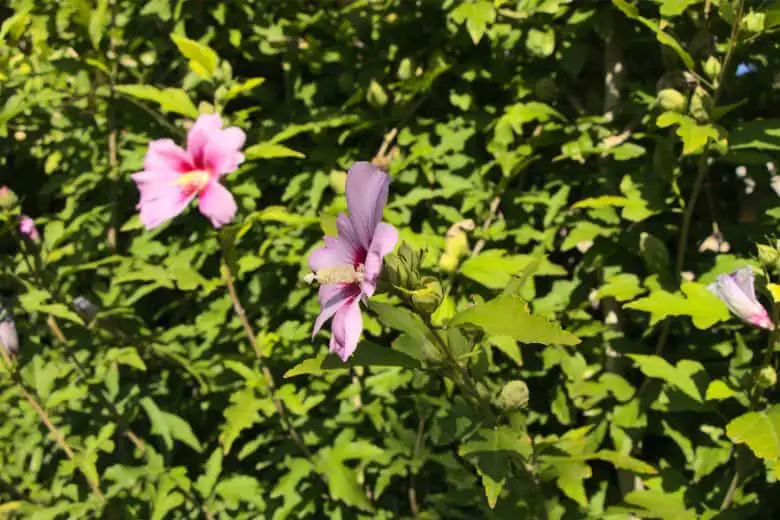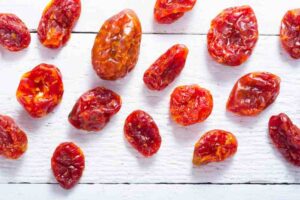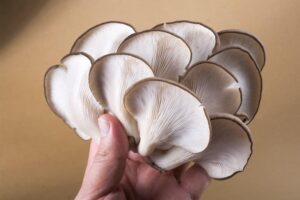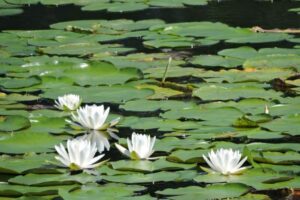
Petunias are one of the most popular annual bedding plants used in gardens. They come in a variety of colors and flower profusely throughout the summer months, adding vibrant splashes of color. However, many gardeners notice that the leaves of their petunia plants start to turn brown.
This discoloration and browning can appear unsightly and may seem concerning. There are several reasons why petunia leaves may turn brown, along with treatment options and preventative measures.
Main Causes of Brown Petunia Leaves
1. Overwatering:
One of the most common causes of brown spots or brown edges on petunia leaves is overwatering. Petunias prefer consistently moist but well-draining soil. When the soil stays saturated for too long, the roots do not get enough oxygen and leaves may develop brown spots. This is often seen when petunias are watered too frequently without allowing the soil to partially dry out in between watering.
2. Underwatering:
Paradoxically, underwatering can also result in leaf browning in petunias. When plants do not receive enough water, their leaves may scorch and develop brown patches, especially along the edges. This occurs during periods of drought or when plants are inadvertently neglected and not watered sufficiently.
3. Fertilizer Burn:
Applying fertilizer at an excessive rate or frequency can damage petunia leaves. If fertilizer builds up in the soil, it may burn the leaves and roots. Brown or yellow spots typically develop between the veins on the leaves. This problem is more common when a high nitrogen fertilizer or timed-release fertilizer is overused.
4. Diseases:
Several fungal and bacterial diseases can cause leaf spotting or browning in petunias. Common diseases include anthracnose, botrytis blight, and alternaria blight. Symptoms include brown or black lesions on leaves, stems, and flowers. Disease spread is favored by wet weather, crowded planting conditions, and poor air circulation.
5. Insect Pests:
Certain insects that feed on petunia leaves can cause them to turn brown or develop holes. Aphids, whiteflies, spider mites, and caterpillars are common culprits. Look for the presence of tiny insects or webbing on the underside of leaves.
6. Temperature Fluctuations:
Rapid swings from hot to cold weather can shock petunias. Frost or temperatures below 50°F can scorch leaves and turn them brown. High temperatures above 90°F during the heat of summer may also cause leaf burn.
7. Poor Soil Conditions:
Plants growing in soil with low fertility, poor drainage, high salt levels, or a very acidic or alkaline pH may exhibit nutrient deficiencies that lead to leaf discoloration. Issues like compacted soil can restrict root growth and oxygen supply.
Treatment and Prevention of Brown Petunia Leaves
Thankfully, brown petunia leaves are usually a fairly easy problem to diagnose and treat once the cause is identified. Here are some steps to take:
- Address overwatering or underwatering issues by allowing the soil to dry out slightly between watering’s and watering deeply only when the top 1-2 inches of soil are dry. Use a mulch to conserve moisture. Install a rain gauge or soil moisture meter to help regulate water.
- Reduce fertilizer applications and only fertilize according to package instructions. Do not apply fertilizer more than once every 2-3 weeks. Use a low nitrogen, balanced fertilizer formulated for acid-loving plants.
- Treat any existing fungal or bacterial infections with a labeled fungicide or bactericide. Poorly drained spots in the garden may need improvement to prevent future issues. Remove diseased plant debris at the end of the season.
- Control insect pests like aphids through natural enemies like ladybugs or by spraying infested areas with insecticidal soap or neem oil. Release predatory mites for spider mites.
- Provide partial shade for petunias if temperatures consistently exceed 90°F. Move containers into shade on hot afternoons. Improve air circulation for planting beds.
- Test soil with a kit and adjust pH to 6.0-6.8 range if necessary by amending with peat moss or compost prior to planting. working in 2-4 inches of an organic matter annually can improve drainage and fertility.
- Mulch around plants to regulate soil temperature and retain moisture. Carefully prepared soil with good tilth with 10-15% organic matter promotes robust root growth and plant resilience.
Note:
To prevent reoccurrence, it is important to address underlying causes like soil conditions, moisture levels, temperature exposures etc. Maintain a consistent care regimen and be vigilant for signs of stress, damage or illness. Remove any foliage that appears diseased. Consider resistant petunia varieties if problems persist each year. With timely treatment and adjusting cultural practices, brown petunia leaves can usually be remedied.
Additional Prevention Tips:
- Space plants properly and rotate crop location each year to reduce disease pressure.
- Improve air circulation by staking up plants or trimming back excess foliage which tends to hold more moisture.
- Scout for pests regularly and treat immediately at first sighting before an infestation takes hold using biological or organic controls.
- Add a 2-3-inch layer of mulch to regulate soil temperature and moisture but keep it pulled back slightly from crown to prevent crown rot.
- Choose a planting location with at least 6 hours of direct sunshine per day as petunias tend to stress more in partial shade. Morning sun with afternoon shade may be ideal in hottest regions.
- Water early in the day so foliage dries before nightfall to prevent diseases. Water at soil level, not from above if possible to reduce leaf wetness.
- Apply a balanced organic fertilizer or time-release fertilizer according to package directions (no more often than every 3-4 weeks) for robust ongoing growth.
- Consider tolerant petunia varieties if problems are ongoing each year despite best cultural practices. Some newer hybrids have better disease and insect resistance.
Conclusion
With a little troubleshooting and some minor adjustments, most issues causing brown petunia leaves can be successfully treated and prevented from recurring. By improving growing conditions through proper watering, fertilization, pest control, and cultural techniques, gardeners can keep their petunias colorful and healthy all season long. Being vigilant and addressing problems promptly is key to minimizing stress-related leaf discoloration. With sound care practices, petunias should remain vibrant contributors to any sunny garden landscape.






One Comment